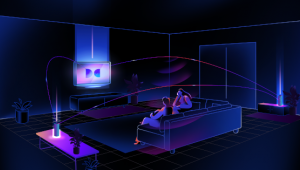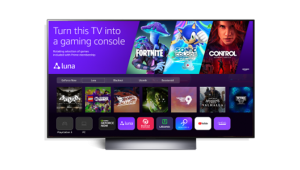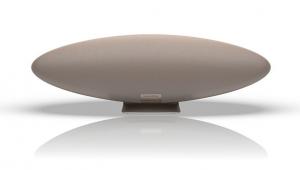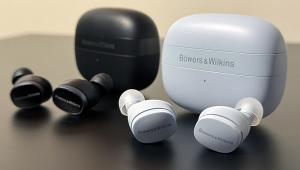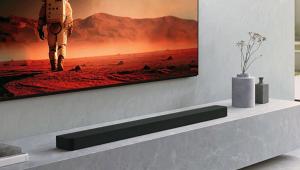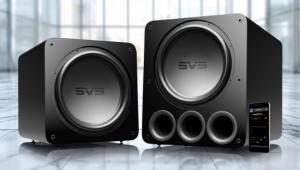NRDC: Ultra HD TVs are Energy Hogs

"Not only do today's large UHD televisions consume almost one-third more energy, on average, than the high-definition (HD) TVs they'll replace, there is a huge range in the efficiency of the UHD models on the market," said senior scientist Noah Horowitz, director of NRDC's Center for Energy Efficiency.
"We found an almost three-fold difference in energy consumption between the best and worst UHD TVs, with some models using little or no more energy than their HD predecessors, proving the technology already exists to cut needless energy waste in these large televisions," Horowitz said.
NRDC and its partner, Ecos Research, analyzed public databases of UHD television energy use and market share sales data, and also performed power use measurements on 21 televisions representing a cross-section of 2014 and 2015 models. The testing focused on 55-inch TVs because they are the most prevalent size and represent the best value among UHD televisions on the market today.
Key findings of the NRDC report include:
- There are 300 million installed TVs in America. Without additional efficiency improvements, a national switch from HD televisions with 36-inch and larger screens to UHD TVs, alone, would cause America's annual electricity use to jump by 8 billion kilowatt hours—three times the amount consumed by all the homes in San Francisco in a year and as much electricity as is generated by 2.5 large (500-megawatt) power plants.
- The switch to UHD also would create an additional 5 million metric tons of carbon pollution from generating the extra electricity required.
- One-third of all new televisions sold today have screens 50 inches or greater. TV power use often increases with screen size and NRDC's analysis showed that some of the really large, least efficient models used as much annual energy as a new refrigerator.
- High dynamic range (HDR) technology that provides brighter colors and enhanced contrast could significantly increase national TV energy consumption. NRDC testing showed the HDR version of a movie used 47 percent more power than the same title in 4K format. The report said more attention is needed to understand HDR energy use and reduce it.
- Enabling Automatic Brightness Control, which adjusts screen brightness in response to changes in room light levels, caused televisions to use 50 percent less power, on average. However, energy savings varied by model and ranged from 17 percent to 93 percent.
- Consumers can cut several hundred dollars off the lifetime energy costs of a new UHD TV by a) buying models with the Energy Star label, b) ensuring Automatic Brightness Control is enabled, and c) avoiding the quick start feature on Internet-connected televisions that results in significant amounts of wasted standby power.
NRDC's analysis was not designed to rank individual TV brands, but to gauge whether there might be differences in the energy use of similar-sized UHD TVs and to gain insight into the major elements factoring into UHD energy consumption, such as the quick start and automatic brightness features on some models.
The full report is available at nrdc.org. Also see the NRDC blog.









